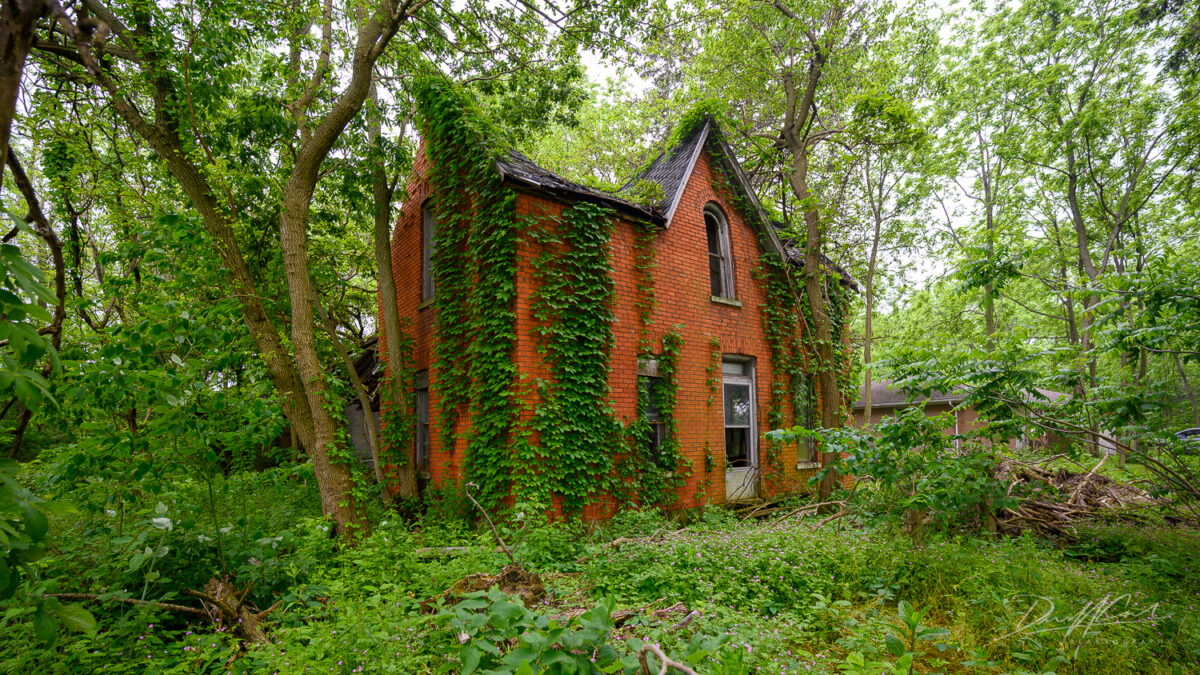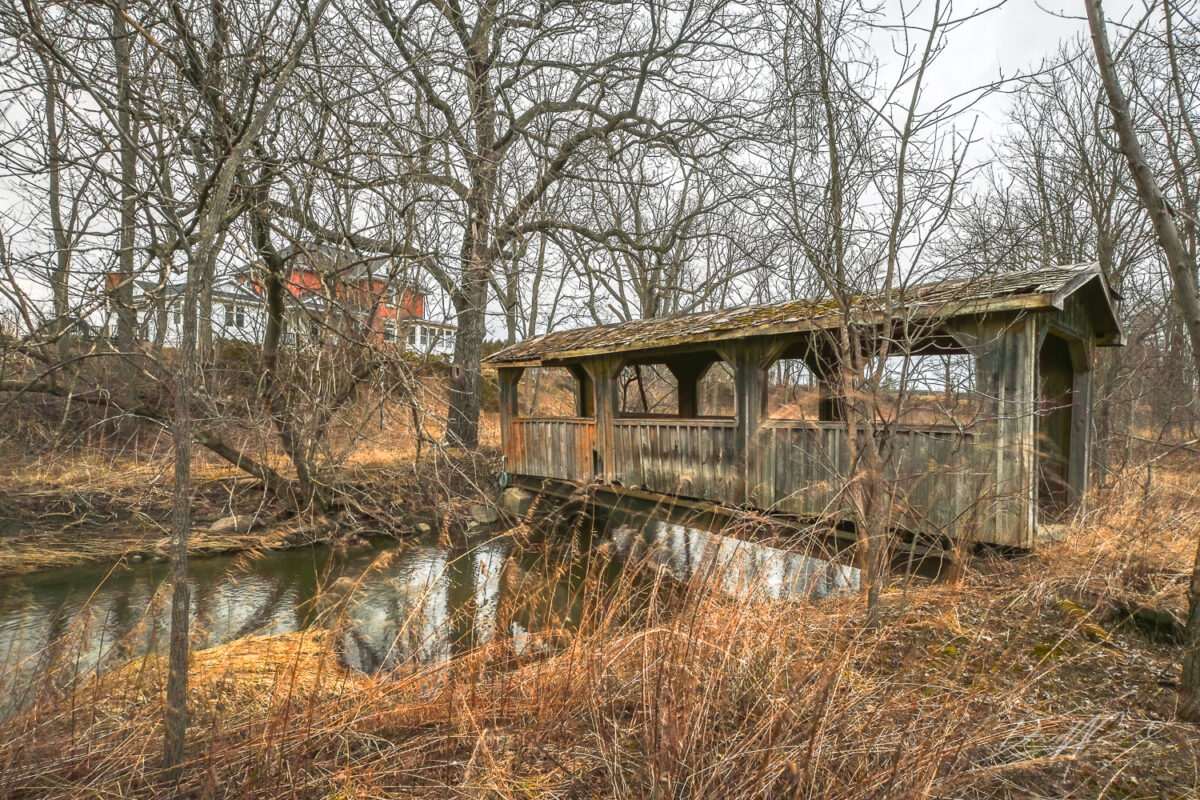Abandoned Military Bases Around the World
 If you are a military history buff, you may be interested in some of the abandoned military bases around the world.
There are a few to consider, including El Toro, Port Lockroy, Nekoma, Fort Ord, Royal Air Force Stenigot, and Walker Air Force Base.
If you are a military history buff, you may be interested in some of the abandoned military bases around the world.
There are a few to consider, including El Toro, Port Lockroy, Nekoma, Fort Ord, Royal Air Force Stenigot, and Walker Air Force Base.



